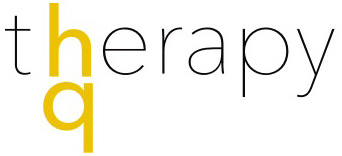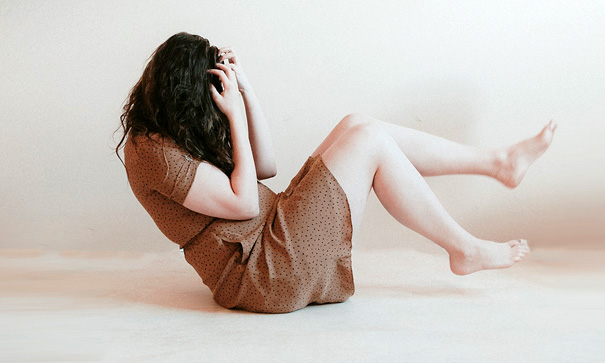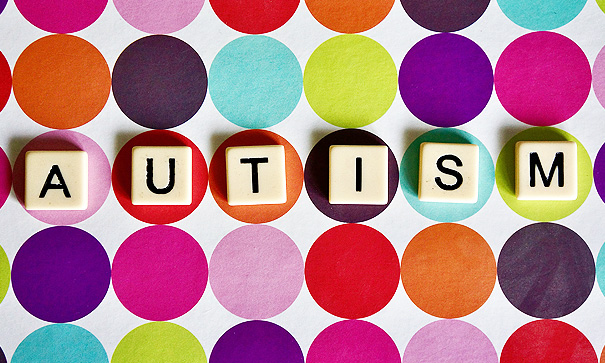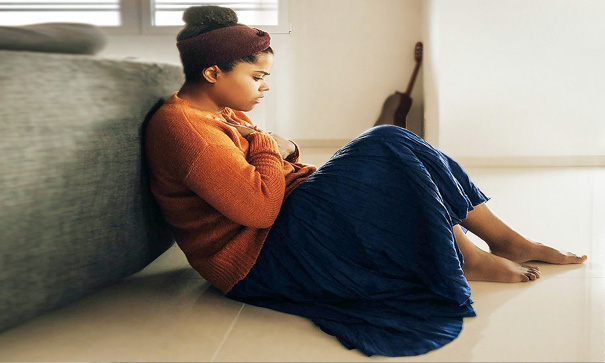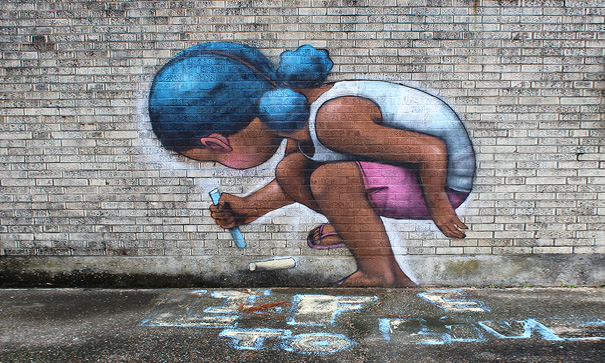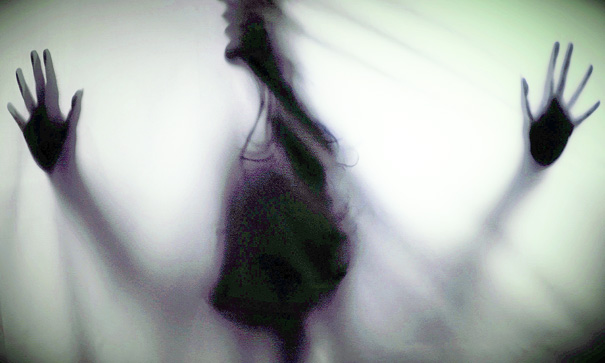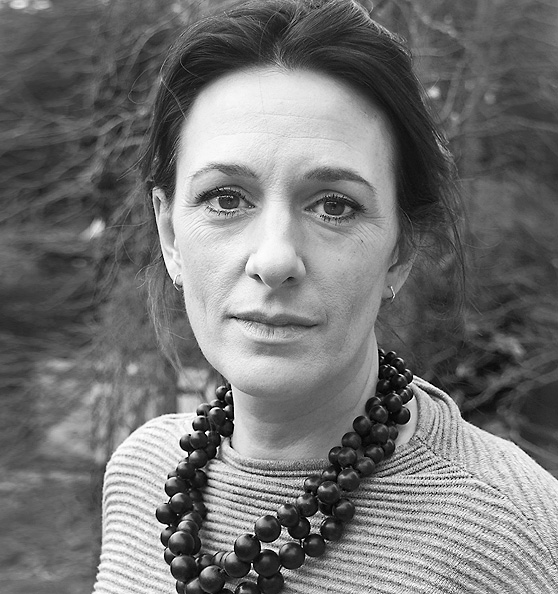Art and drama therapy shares the belief that creative expression is beneficial to the human spirit, and can be applied specifically to achieve therapeutic goals such as positive behavioural disorder changes and Improved interpersonal and social skills. Clients will have different experiences using these types of creative arts therapy.
Although drama therapy is distinct from acting, it uses activities like storytelling, projective play, purposeful improvisation, and performance to help you work through issues both verbally and physically. This type of therapy was given birth out of the idea that some painful life experiences can be too difficult to express through normal verbal dialogue.
The objective goal of drama therapy is to provide clients with a safe and secure experience that helps to encourage the full expression of their emotional voice through playful, dramatic activity.
Both modalities seek to provide you with a safe space to address the issues that are troubling you in a playful way, using metaphor and other non-linear forms of expression to play out situations, act out responses, and imagine futures.
Both drama therapy and art therapy can be practiced with clients in individual or group settings.
***If you feel you need some help with getting therapy contact us using the form at the bottom of this page and someone will guide you through the process.***
